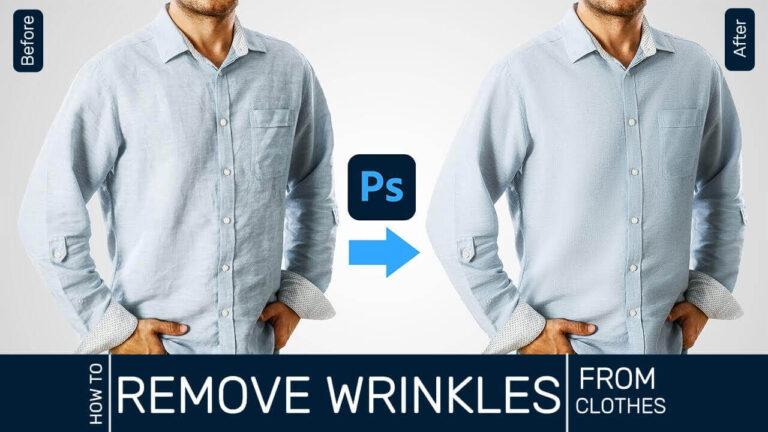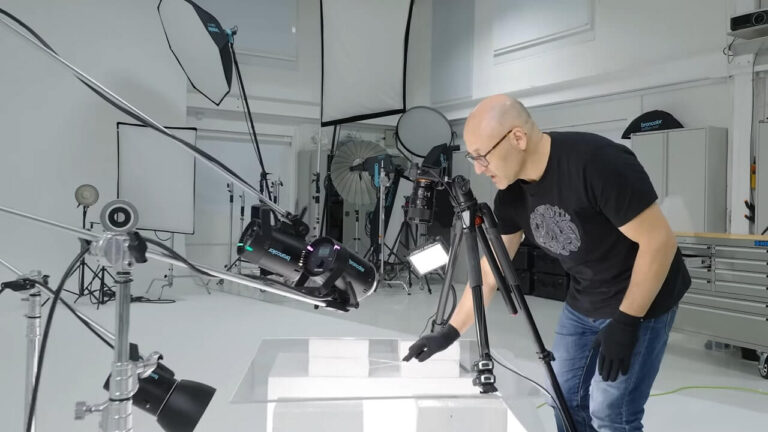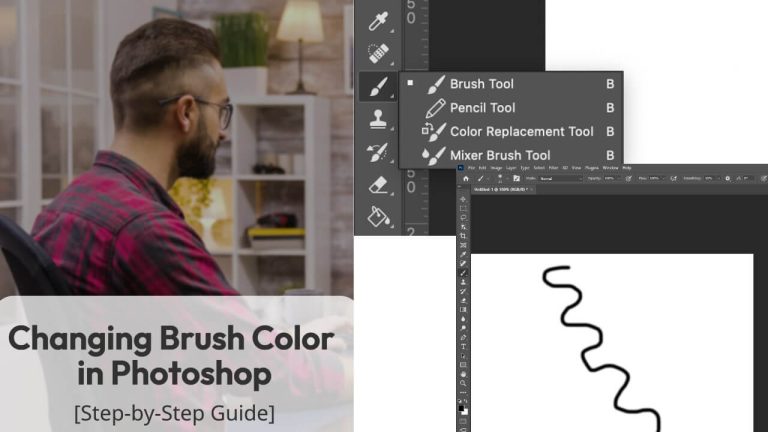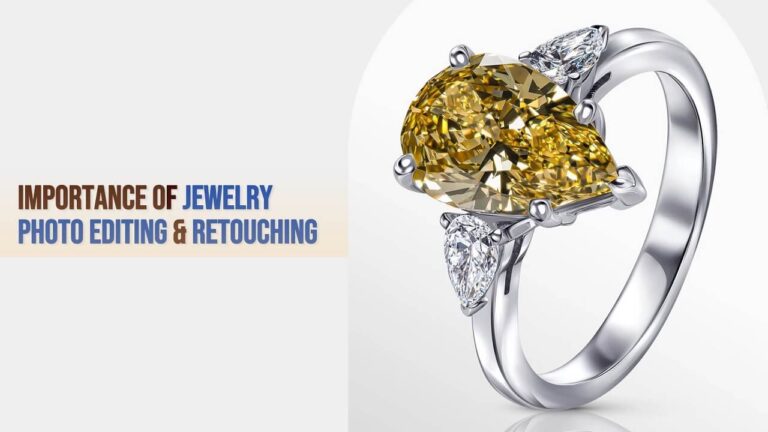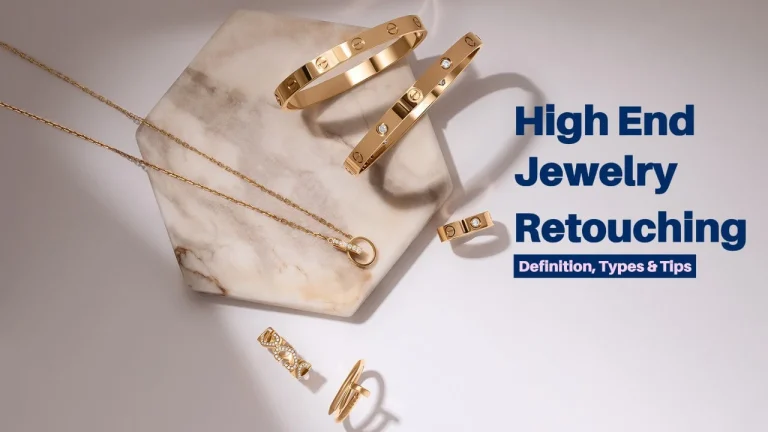When it comes to jewelry, it’s all about the details. Beautiful, high-quality images that highlight these details are critical for a professional, consistent, and reputable website. An accurate portrayal of your product is critical, as customers need to learn as much about it as possible before deciding whether or not to purchase it. With that in mind, let’s explore how to avoid the ten most common photography mistakes made by jewelry product photographers.
10 Photography Mistakes to Avoid When Photographing Jewelry

1. Inconsistent photo shooting to avoid jewelry photo editing
Nothing screams unprofessionalism more than inconsistency in your shots. Before you begin your picture shoot, prepare a list of jewelry photography standards and adhere to them for the duration of the project. Take note of camera settings, lighting, background, and equipment placement so that you can stage reshoots with minimal alterations.
2. Superfluous props to avoid for jewelry photo editing
In accordance with number three, less is more. This also applies to props. If anything will distract your buyers or take the focus away from your jewelry, delete it. While you may believe that your jewelry will look great on a model or with props, this kind of photography is better suited for editorial work rather than product photography. Bear in mind that you want all attention to be on your product.
3. Uncertain images to avoid for jewelry photo editing
No matter how well-lit your environment is, we guarantee that if you handhold your camera, the photographs will always be unsteady. When photographing jewelry products, you’ll always want to utilize a tripod to ensure sharp, professional-looking images that allow you to employ the ideal aperture and ISO settings. The best part is that you may mark an area on the floor and another for your product stand to easily recreate shoots on other days.
4. Product smudging to avoid jewelry photo editing
While this may seem self-evident, it is something that many individuals neglect. DSLR cameras and proper lighting capture a great deal of detail, regardless of how minute or tiny. Smudges, dust particles, and even scratches on your jewelry are all considered. While they may appear to be imperceptible to the human eye, they are highly obvious when photographed.
Before shooting, wipe down and shine all of your jewels. When handling your items, wearing cotton gloves saves you time (and the headache!) associated with continuous cleaning.
5. Incoherence to avoid for jewelry photo editing
Inconsistency, even when it comes to jewelry photos, is never a good thing. When your photographs vary frequently in comparison to other product images, the lack of consistency confuses and distracts clients, and detracts from your website’s and business’s professional appearance.
Rather than cropping and resizing each image individually or adjusting other parameters such as lighting or background colors, you should construct a “template” of instructions to ensure that each image is shot and processed identically.
6. Hectic Backdrops to avoid jewelry photo editing
To keep your photographs basic and clean and to ensure a seamless shopping experience for your customers, shoot your products against a white background. Light background colors such as white and gray will give your jewelry a “timeless” appearance and will help eliminate distractions caused by a patterned backdrop. As previously stated, you must choose a style and adhere to it throughout your product photographs.
7. Inadequate imagery to avoid for jewelry photo editing
Buyers will rapidly become dissatisfied if your site contains only one or two photographs of your products. Bear in mind that, unlike a physical store, customers will have just product images to assist them in deciding whether or not to acquire your jewelry. Provide them with as many photographs as possible from as many perspectives as feasible. Take one from the top, the sides, and any other distinguishing aspect or feature.
8. Inadequate editing to avoid jewelry photo editing
You obviously want attention, but poor photo editing is most emphatically not the way to obtain it! Not only are poorly altered photographs fraudulent, they also make your brand appear cheap and unprofessional, quickly eroding your customer’s trust. Make an investment in professional jewelry picture retouching services that will consistently crop, edit, retouch and align all of your products to ensure they look their best.
9. Several perspectives to avoid for jewelry photo editing
As we previously stated, your buyers desire and require the ability to view your goods from all angles as if they were inspecting and turning it over in their hands in a physical storefront. The more viewpoints and visuals you create for your product’s promotion, the better. As indicated above, we recommend taking at least one straight-on front image, one angled front image, a close-up detail shot, and a top view.
There are plenty of alternative angles to photograph just remember to maintain consistency! Adhering to these rules while photographing jewelry products will significantly improve your website’s professional “look” and, ideally, your product sales! Additionally, we anticipate that you will begin receiving positive client feedback regarding how your outstanding photographs enhanced their purchasing experiences.
You can read also How to get jewelry images ready for online store
10. Reflections that are visible to avoid for jewelry photo editing
One of jewelry’s primary selling factors also makes it difficult to photograph: its bright and reflective nature. Photographers’ reflections are frequently captured on the gleaming surface of gemstones or metal components in jewelry.
To avoid this, set your jewelry on a flat, stable surface. On either side, position a huge studio light and diffuse it using umbrellas. Then, drape and sweep a long roll of seamless white paper behind and beneath your product, all the way down to the bottom of your camera lens. This assists in blocking out reflections from the foreground and refracting more light onto the jewelry. Bear in mind to aim squarely at your merchandise.
Read More: Big Photo Editing Mistakes
Tips for amazing jewelry photography

1. Select the Best Lens for Photographing Jewelry
It’s possible that the camera’s body isn’t as important when photographing a product, you want it to look as real as possible. There is more creative freedom with editorial photography. However, you must verify that your jewelry remains accurate. In most cases, a normal lens will suffice.
Standard lenses, also known as normal lenses, provide an image that closely resembles what the human eye sees. To the viewer, the image appears natural. Standard lenses offer an angle of vision of roughly 50 to 55 degrees diagonally. They’re some of the simplest lenses to use because there’s no distortion to account for.
Macro lenses are a popular choice for jewelry detail photos. The fact that macro lenses’ focusing limits are so close to the glass is a huge advantage. Our Macro Magic course will teach you how to capture breathtaking photographs. A fixed lens is significantly sharper and of superior overall quality than a zoom lens. A 50mm lens, such as the Nifty Fifty, is an excellent option.
2. Make an investment in the proper lighting setup
The lighting setting, like the lens, has an impact on your jewelry images. When photographing products, I prefer to use a ring or continuous light softbox. This is because, rather than needing to flash continuously, I prefer to observe the lighting as I put it up.
A ring light is ideal for jewelry photography because it illuminates the object’s rim. Softboxes produce a pleasant, even, and soft light. In any form of product photography, precise lighting is essential. Editorial photography, on the other hand, allows for some artistic license. You may do these with natural light, and it’s understandable if the colors don’t come out perfectly.
3. Keep it simple with your setup
There is no need for a complicated setup for e-commerce and product photography. Overcomplicating will actually work against you. Even at home, you can shoot jewelry. How? You’ll only need a firm surface, a white paper backdrop, plus your camera, lens, and lights. You can use a metal clamp to hold the background in place. Make sure your image’s story-telling aspects aren’t too overbearing. Keep the frame as simple as possible.
4. Take Care of Your Jewelry
Not wiping the jewelry before capturing it is a beginner photography error. Smudge removal in post-production can be time-consuming and stressful. Jewelry is little, and there are a lot of delicate intricacies to working with.
Just keep an eye on how the components seem under your illumination. Carry a cleaning cloth with you at all times. To avoid fingerprints, wear gloves when handling jewelry.
5. When photographing jewelry, use a tripod
You’ll want to use a tripod for still life product shots like jewelry. Using a tripod to keep your camera stable offers two additional benefits: It makes adjusting focus points and depth-of-field (aperture) considerably easy; you may use much slower shutter speeds and ISO to prevent or reduce noise.
You may leave the tripod at home for lifestyle or editorial shooting. Keep in mind that you should still follow commercial photography requirements and keep your work looking professional.
After photography, when it comes to talking about jewelry photo editing for eCommerce online websites. we’re from UCP and will help you to create high-quality images that will increase your online customer. Take a free consultation If you’re looking for the best solution to this.

Final Words
Photographing jewelry is more difficult than photographing other types of products.
It’s not easy to photograph bright objects without getting undesired reflections. You’ll also have to fiddle with the lights to get them to shine.
It’s unlikely that a matte diamond necklace will sell on its own. Although these errors are widespread, they can be readily avoided by exercising care and forethought prior to photographing jewelry. By avoiding these blunders, jewelry photographs will appear even more gorgeous, hence increasing the worth of the items.



